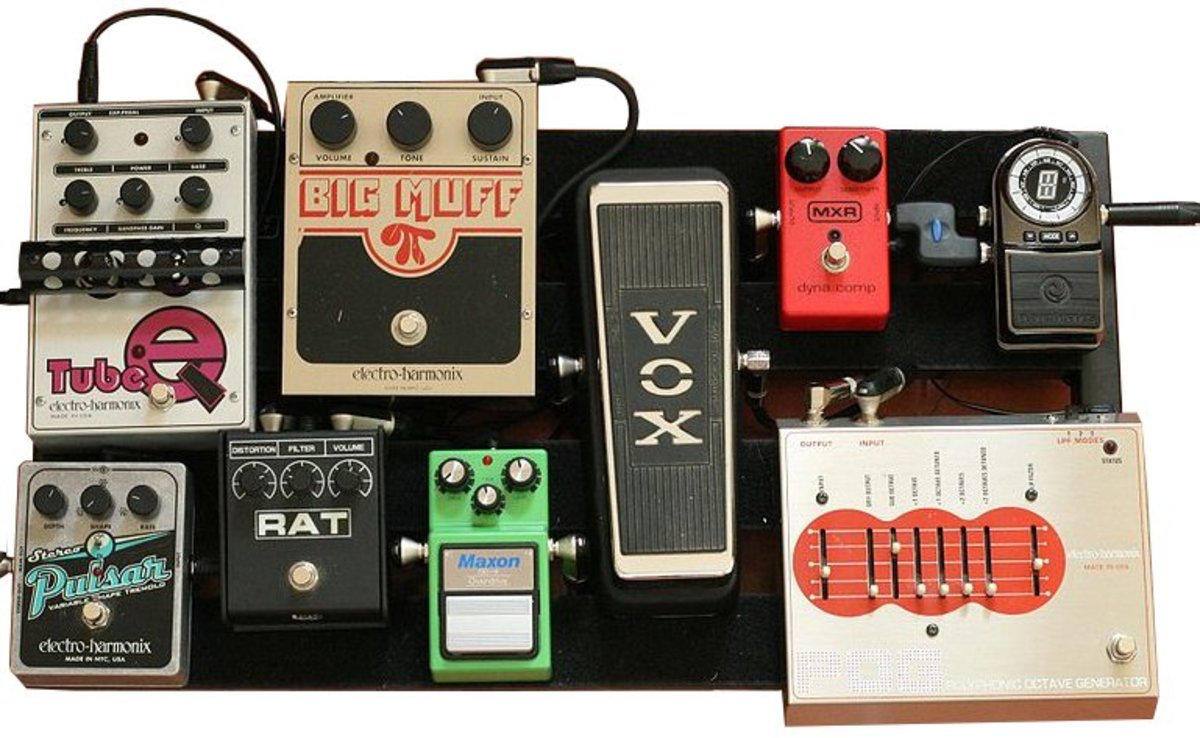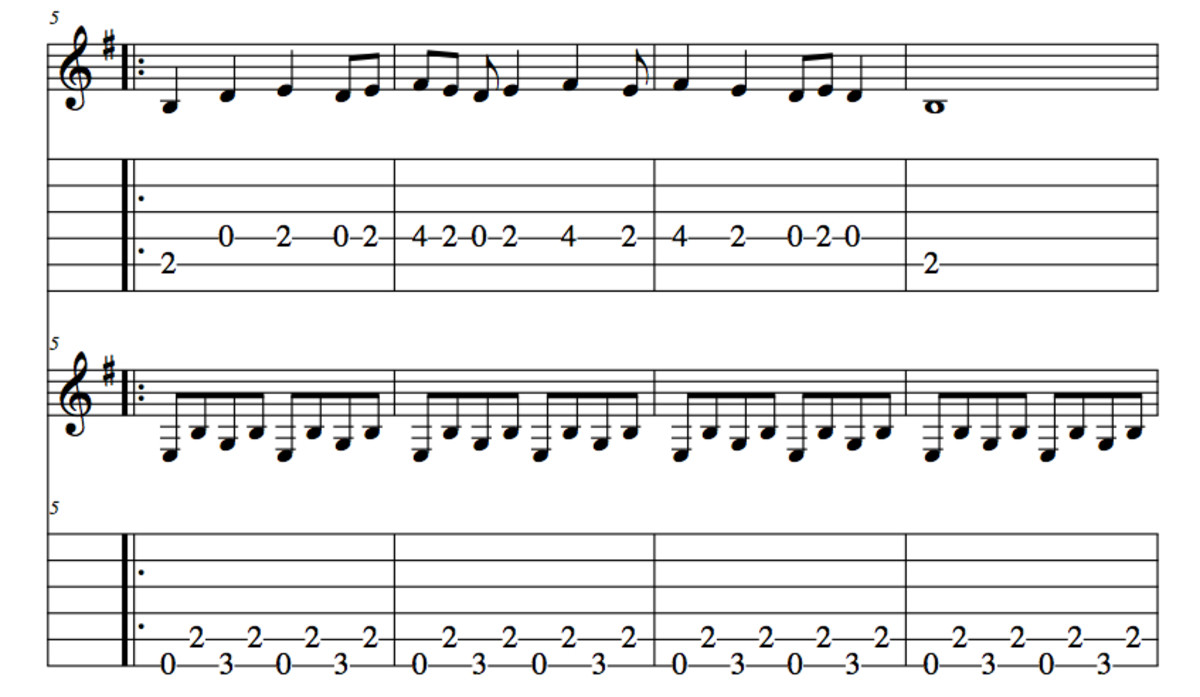11 Tips to Buying a Used Electric Guitar
When it comes to buying a used electric guitar, you want to find the guitar that is right for you in terms of look, sound, price, ease of play, and comfort, just as you would shopping for a new electric guitar. The main difference is that used guitars come with a past, and if you aren’t careful your future might include a junk guitar.
Experienced guitar players know what to look for when buying a used guitar, but first time guitar buyers run the risk of making a bad purchase if they aren’t prepared.
Used guitars for sale at a local music store tend to be far less risky than buying a used guitar from a stranger, especially if the store that has established as a fair and honest business. If a business has spent years of hard work building up trust and good reputation with its customers, it isn’t likely to be selling them second-hand electric guitars that are in poor condition.
With strangers, there is no pre-existing trust. While there are many honest people out there selling used electric guitars in good condition, there are many who aren’t honest. That’s why power and protection come with knowledge. If you are buying a used electric guitar for the first time – from a stranger, a music store or wherever, -- prepare yourself ahead of time with the following tips and decrease the chances you walk away with a bad purchase.
As you read the tips below, keep in mind that some problems like intonation or slight bowing occur in virtually every guitar at some point. Fortunately getting an electric guitar serviced is usually under $50 and includes minor adjustments to the neck, frets, action, and intonation if needed. As a rule of thumb, any time you buy a used electric guitar, it’s a good idea to have it serviced, whether you get it from a store or a stranger.
That said, the tips.
1. Check the guitar for cracks, especially along the neck and the area between the neck and the head, which is the weakest spot on an electric guitar. Cracks in the finish are cosmetic and aside from their unsightliness, not a big concern. Structural cracks could result in the neck completely breaking. Finish cracks can run in any direction, but structural cracks tend to follow the grain of the wood and may fissure. Scratches, dents and wear to the finish are normal: the guitar is used after all. Just take a look at the finish on Bruce Springsteen’s Fender Telecaster or Stevie Ray Vaughn’s Fender Stratocaster. Or should I say what finish? Unless such flaws bother you aesthetically, they don’t pose a problem.
2. Sight check the guitar’s neck to make sure it isn’t warped or bowed. The quickest way to do this is to hold the guitar at eye-level, once with the guitar’s body closest to you and again with the neck head closest to you, and look down either side of the neck. It should be straight. If the guitar neck is slightly bowed or warped, adjusting the truss rod should fix the problem and absent any other problems, isn’t a major concern. In fact, it’s a common problem. If the warping or bowing is pronounced and has been that way for some time, the neck may need to be replaced.
3. Check the intonation. This is problematic for beginner guitar players who haven’t yet learned how to play harmonics. Just play a harmonic at the 12 fret and then on the same string, play the note at the 12 fret and compare. If one sounds higher or lower than the other, the intonation is off. Do this for every string. For accuracy, it’s best to use a guitar tuner to compare.
4. Check the action. A guitar’s action is measured from the bottom of the string to the top of the fret. For electric guitar, standard action is 6/64 in. on the sixth string and 4/64 in. on the first string You won’t be able to judge this with your eye, so just be aware the strings should not touch the frets, nor should they be so high it hurts your hand to fret the notes.
5. The strings should not rattle, buzz, or mute when played, no matter if the guitar is plugged or unplugged. Make sure none of the frets are loose.
6. Plug in the guitar to test the pick-ups and the pick-up selector switch as well as the tone and volume knobs. There shouldn’t be any pops or humming, nor should the sound cut in and out.
7. Ask the seller how long he’s owned the guitar and if he bought it new or used.
8. Ask if the guitar is still under warranty, and if so, is that warranty transferable.
9. Ask the seller if any work has been done on the guitar, and if so, why.
10. After you’ve arranged to see the guitar, research the make and model. Is it still available or has it been discontinued? Check out customer reviews. Search e-bay, Craigslist, and other classified venues to see if anyone else is selling the same make and model and for how much. This will help you determine if the seller’s asking price is too much (time to negotiate), too little (it does happen) or at market value.
11. Finally, remember what I said in the first tip. Used electric guitars are going to show varying degrees of wear and tear and may require minor adjustments. If you find a used electric guitar that has no major problems and feels and plays like it belongs in your hands, buy it!



